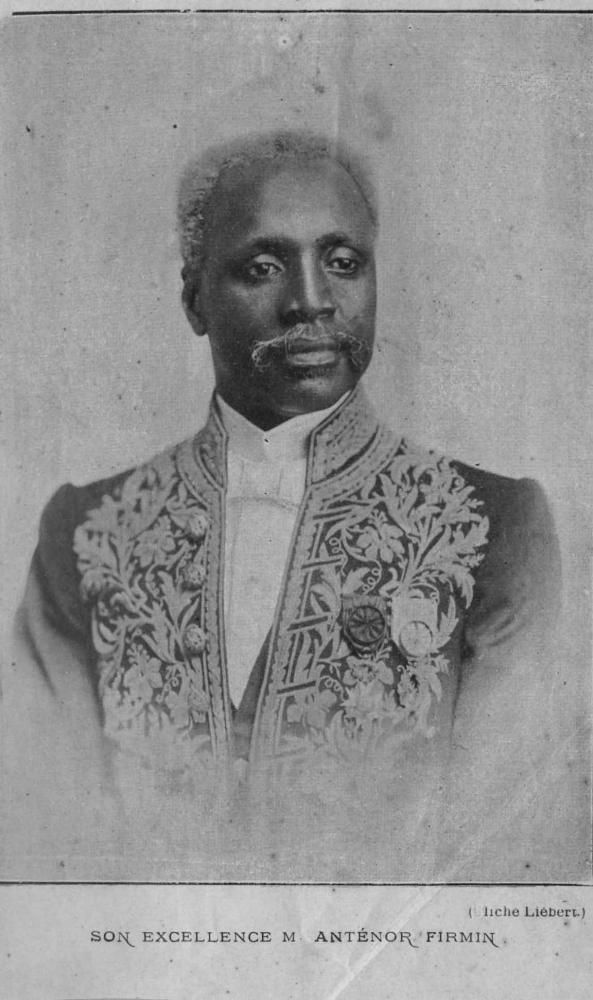I have previously written about John Wesley Gilbert, the early Black archaeologist and classicist and the first African-American to receive a graduate degree from Brown. Recent work, especially by John W. I. Lee, has focused on Gilbert’s life in the discipline of classics, and especially at the American School of Classical Studies at Athens. But Gilbert’s thought and actions reflected not just his situation at Brown and in the discipline of classics. He was also an important participant in various debates among black intellectuals around the turn of the century. Thus, we see his name brought up repeatedly in the 1890s and the 1900s in prominent African-American newspapers and journals. For instance, Gilbert was widely acclaimed in 1891 as a symbol of black success. Take the following short notice included in the 1891 issue of The Appeal, a Midwestern African-American newspaper:
One colored young man, John Wesley Gilbert, of Georgia, has gone to Athens to enter the American school there. He will find very little race prejudice in that classic land.
([‘One colored young man…’] 1891)
At this time in his life, Gilbert was seen as successfully escaping the conditions of slavery he was trapped in at birth — by joining the prestigious (and overwhelmingly white) institution of classics and archaeology and attending the (entirely white) institution of Brown.
Gilbert’s reception changed significantly later in his life, as he became known for his ideas — not just his academic success. We thus see a scathing article published in 1909 in the same newspaper, The Appeal (‘A Reverend Flunkey’ 1909). The authors were reacting to a speech Gilbert gave to the Arkansas Southern Methodist conference. The Associated Press reported that Gilbert said that “the teachers sent down from the North know nothing of the real need of his race, and, that as a result, a false perspective was given his people.” For The Appeal (editorializing the AP excerpt) Northern missionaries instead “inspired in the Afro-American a spirit of manhood which led him to aspire to higher and better things.” In prose dripping with sarcasm, the newspaper notes that it is this “unfortunate tendency” of northern missionaries that “Rev. Gilbert is laboring to reform.” Gilbert, they say, is aligning himself with “those eminent statesmen, Tillman and Vardaman” and Senator Stone — all notoriously racist legislators. For The Appeal, not only was Gilbert betraying black dreams by giving cover for Jim Crow, but his program of interracial partnership would in fact “make the Afro-American … just as he was in the times of slavery, perfectly willing to accept the white man as massa.”
Continue reading “John Wesley Gilbert, W. E. B. Du Bois, and Classical Education”



